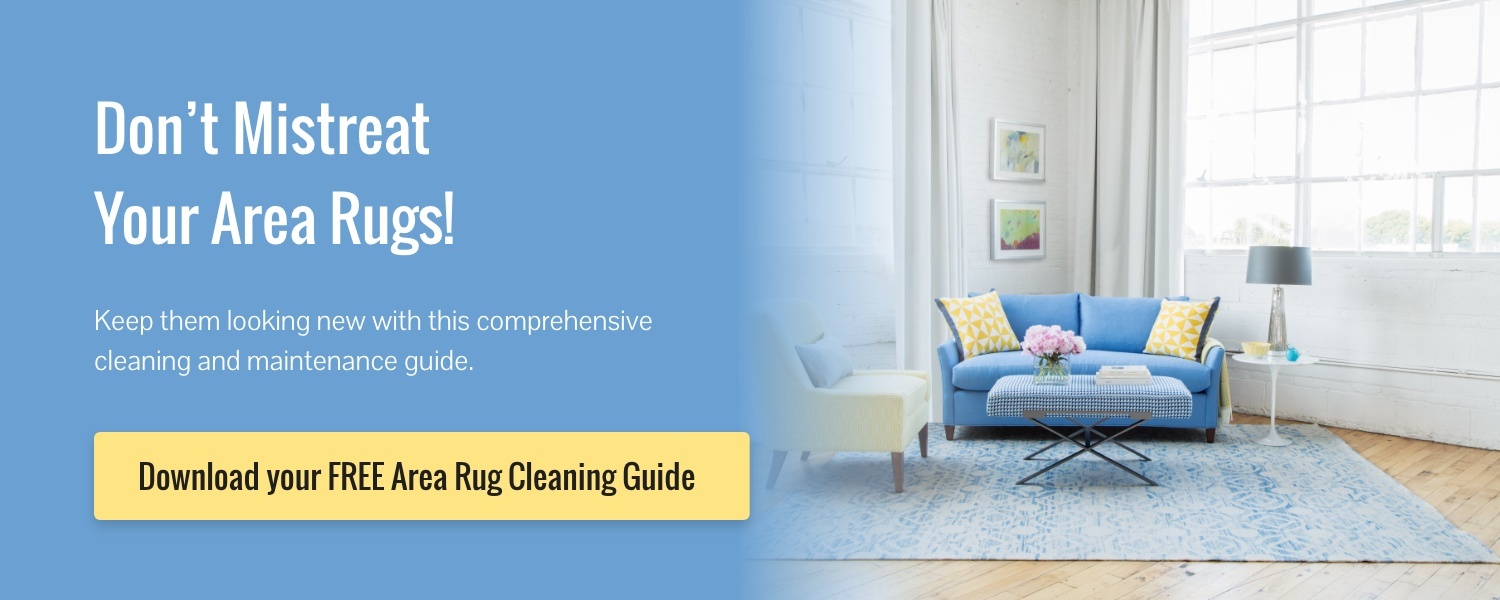12
Mar 2018
Area rugs are, for a lot of people, an essential part of the home. They add not only an element of color and design, but also have practical benefits, like sound absorption and warmth.
Whether you're choosing a Persian rug for your living room or an accent rug for beside the fireplace, there are a lot of factors to consider.
One of those factors, of course, is the cost. It's important to think about how to budget for a rug and where it makes sense to either splurge or save. Regardless of the type of rug you plan on investing in, the cost of home decor is need-to-know information when it comes to making informed decisions.
So, let's start with the basics.

How much can you expect to spend on a rug?
The price varies, as with most home decor pieces, depending on the quality, materials, and size. Quality rugs will, generally speaking, start at around $400 and can go all the way up to $10,000 and even far more for a very high end, luxury rug.

What factors come into play when it comes to price?
-
Size: Pricing will go up the larger the rug is, while smaller rugs are generally more affordable.
-
Materials: Rugs can be made from either synthetic or natural fibers, and the price of the rug will vary depending on the materials used. For example polypropylene, a synthetic fiber, is the most affordable. Nylon, a synthetic fiber known for its stain resistance, is in the mid-range. Wool on the other hand, a natural fiber and one of the most durable options, is a pricier option. Silk is another luxury and costly choice.
-
Construction: There are several ways to construct rugs including machine made tufted, machine made knotted, and hand knotted. Machine made knotted rugs are the most affordable. Machine made tufted is mid-range as it involves some work by hand. Hand knotted rugs, the most durable and the most laborious to make, are a higher-end option.

Read More: What Are Rugs Made of How to Choose the Best Material for You
First steps
If you're just starting to think about rugs in your home or you're looking to buy a new one there are some important questions to ask yourself before you begin the process.
-
How do you use the room? Is it a dining room, play room, master bedroom?
-
Are there small children in the home or pets? Do you need something with high durability or stain resistance?
-
What are your color and design preferences?
-
What are your budget constraints?
Not sure how big your rug should be? Read: How to Choose the Right Size Rug for a Room

How to choose your rug
Generally speaking, the higher price of the rug, the higher the quality. What does this mean for you? It means you'll have a rug that will have been made with care and that will last a long time in your home.
This doesn't necessarily mean you should shell out for every rug in your house. In fact, it makes sense to consider where you want to save on your budget and where you want to invest in a higher-end rug.
For example, a rug for your dining room might be a perfect place to spend a little more money as dining rooms are generally low-traffic areas.
Whereas the rug in your foyer that greats guests and has a lot of traffic might be a good place to save, or to look for a stain resistant and durable option.
If you plan on choosing a rug that follows a particular fashion trend, such as hair on hide or overdyeing, you might choose to invest a little less money in case your style evolves in a few years.
Ultimately, the best way to start thinking about what rug to choose and how much to spend on it is to think about design and traffic flow. While a beautiful Persian accent rug might be perfect for in front of the bed, it might not be the best choice for the entryway to your home.
However, style is extremely personal, and there really are no set rules.

Conclusion
Rugs are a beautiful element of home decor and, if treated well, can last for decades in your home. With that in mind, it's important to consider every factor before choosing to make a purchase.
While pricier rugs are generally higher quality and more durable, it's important to consider where you want to spend your money and where it might make sense to save.
When you come into our furniture showrooms in Massachusetts and New Hampshire, our design consultants can help you every step of the way. Get to know our designers!

